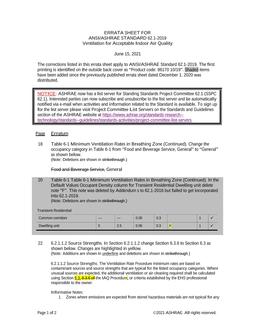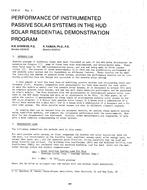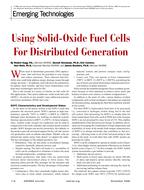Click here to purchase
Exterior insulation in above-grade wall assemblies is becoming more common as energy codes and voluntary energy efficiency programs continue to shift the building construction industry toward more stringent thermal performance standards. Exterior insulation can be effective for achieving high R-value walls; however, high-conductivity thermal bridges, such as cladding attachment systems, often penetrate the insulation and require careful consideration to avoid significantly degrading the insulation’s thermal performance. Mitigating heat loss from cladding attachment systems is of great interest for heavyweight anchored masonry veneer claddings, which require a robust structural attachment system to transfer cladding loads back to the primary structure. Masonry veneer claddings are typically supported by the building structure using a combination of intermittent anchors and shelf angle bearing supports. This paper discusses computer-based three-dimensional thermal modeling calibrated with physical testing of a shelf angle support to evaluate the thermal performance of shelf angle support design options available for exterior-insulated anchored masonry veneer walls. Calibration of the model demonstrated that the contact resistance between the shelf angle support and the structure can significantly reduce the associated heat loss. Additionally, this paper considers the impact of two other common thermal modeling oversights: circular cross-sectional area sizing and galvanized steel material property selection. The calibrated thermal modeling results of this study demonstrate that shelf angle support designs can significantly diminish the effectiveness of the exterior insulation by 50%. Notable thermal improvements can be achieved by using more thermally efficient shelf angle supports designed specifically for reducing thermal transmittance. The calibrated thermal modeling results demonstrate that such products improve upon the thermal losses of traditional designs, reducing the effective R-value by approximately 15% when compared to an equivalent model with continuous insulation. The results from this study demonstrate that with the appropriate selection of shelf angle support design, high R-value exterior-insulated masonry veneer walls are achievable.
Citation: Thermal Buildings XIV 2019
Product Details
- Published:
- 2019
- Number of Pages:
- 9
- Units of Measure:
- Dual
- File Size:
- 1 file , 1.7 MB
- Product Code(s):
- D-Bldgs19-034


